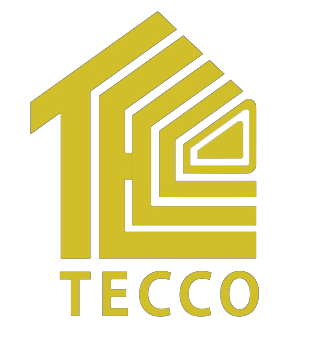Philippines Overview
The Philippines is an archipelagic country in Southeast Asia. Situated in the western Pacific Ocean, it consists of about 7,641 islands that are broadly categorized under three main geographical divisions from north to south: Luzon, Visayas and Mindanao. The capital city of the Philippines is Manila and the most populous city is Quezon City, both within the single urban area of Metro Manila. Bounded by the South China Sea on the west, the Philippine Sea on the east and the Celebes Sea on the southwest, the Philippines shares maritime borders with Taiwan to the north, Japan to the northeast, Palau to the east, Indonesia to the south, Malaysia and Brunei to the southwest, Vietnam to the west, and China to the northwest.
The Philippines' location on the Pacific Ring of Fire and close to the equator makes the country prone to earthquakes and typhoons, but also endows it with abundant natural resources and some of the world's greatest biodiversity. The Philippines is the world's fifth-largest island country with an area of 300,000 km2 (120,000 sq mi). As of 2015, it had a population of at least 100 million. As of January 2018, it is the eighth-most populated country in Asia and the 13th-most populated country in the world. Approximately 10 million additional Filipinos lived overseas as of 2013, comprising one of the world's largest diasporas. Multiple ethnicities and cultures are found throughout the islands. In prehistoric times, Negritos were some of the archipelago's earliest inhabitants. They were followed by successive waves of Austronesian peoples. Exchanges with Malay, Indian, Arab and Chinese nations occurred. Subsequently, various competing maritime states were established under the rule of datus, rajahs, sultans and lakans. The arrival of Ferdinand Magellan, a Portuguese explorer leading a fleet for the Spanish, marked the beginning of Hispanic colonization. In 1543, Spanish explorer Ruy López de Villalobos named the archipelago Las Islas Filipinas in honor of Philip II of Spain. In 1565, the first Hispanic settlement in the archipelago was established, and the Philippines became part of the Spanish Empire for more than 300 years. During this time, Catholicism became the dominant religion, and Manila became the western hub of the trans-Pacific trade. In 1896 the Philippine Revolution began, which then became entwined with the 1898 Spanish–American War. Spain ceded the territory to the United States, while Filipino rebels declared the First Philippine Republic. The ensuing Philippine–American War ended with the United States establishing control over the territory, which they maintained until the Japanese invasion of the islands during World War II. Following liberation, the Philippines became an independent country in 1946. Since then, the unitary sovereign state has often had a tumultuous experience with democracy, which included the overthrow of a dictatorship by a non-violent revolution.


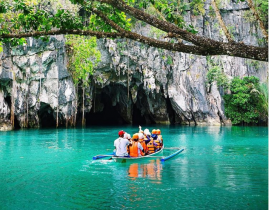
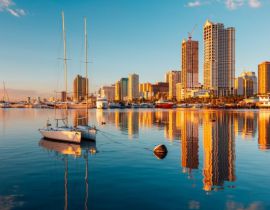




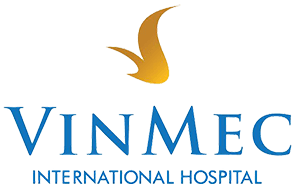
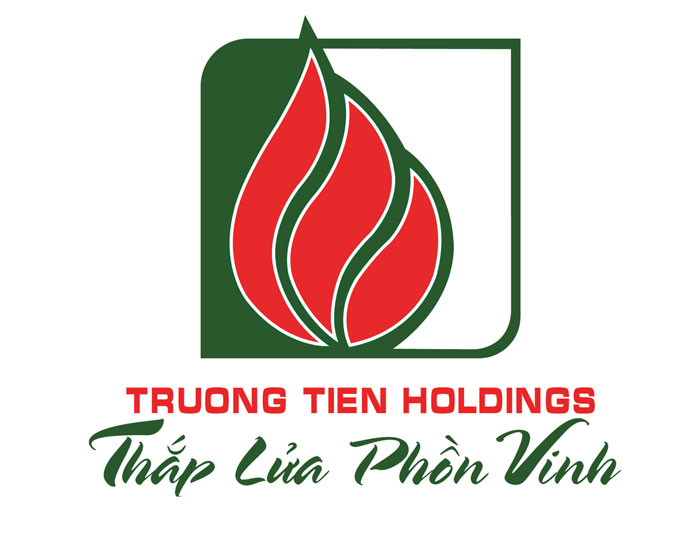
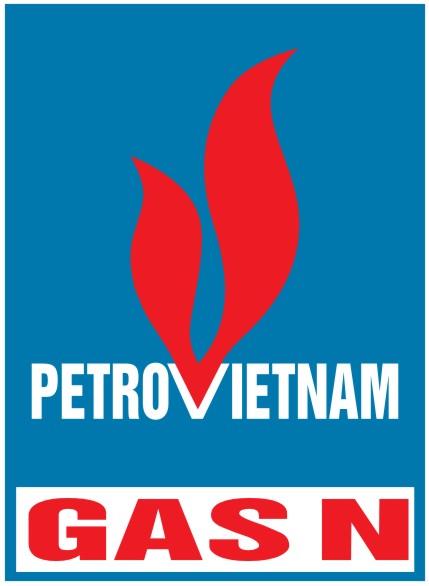




.jpg)

